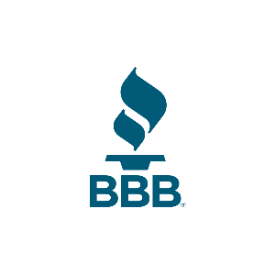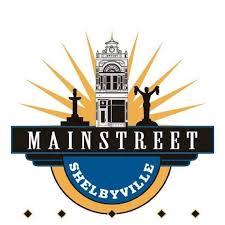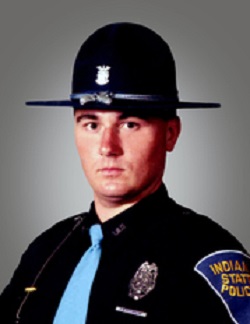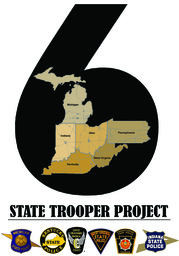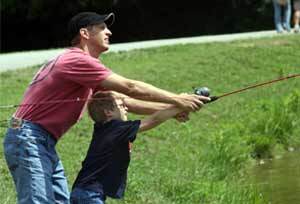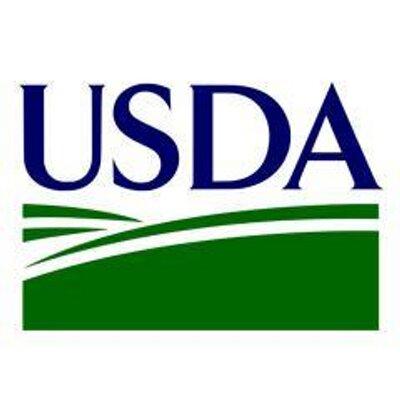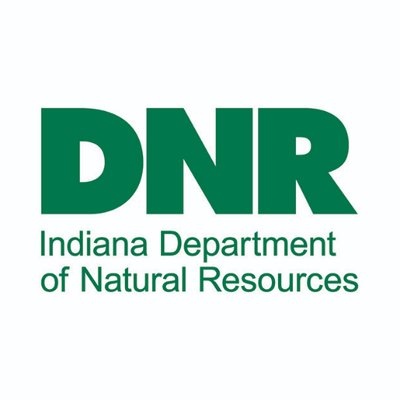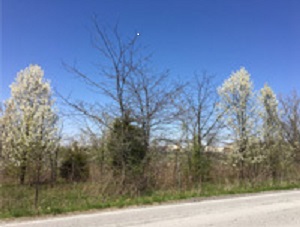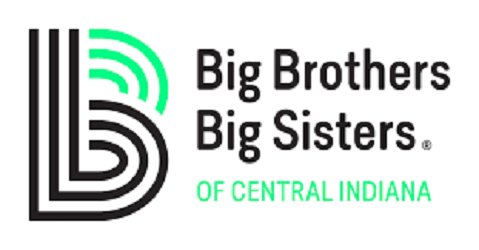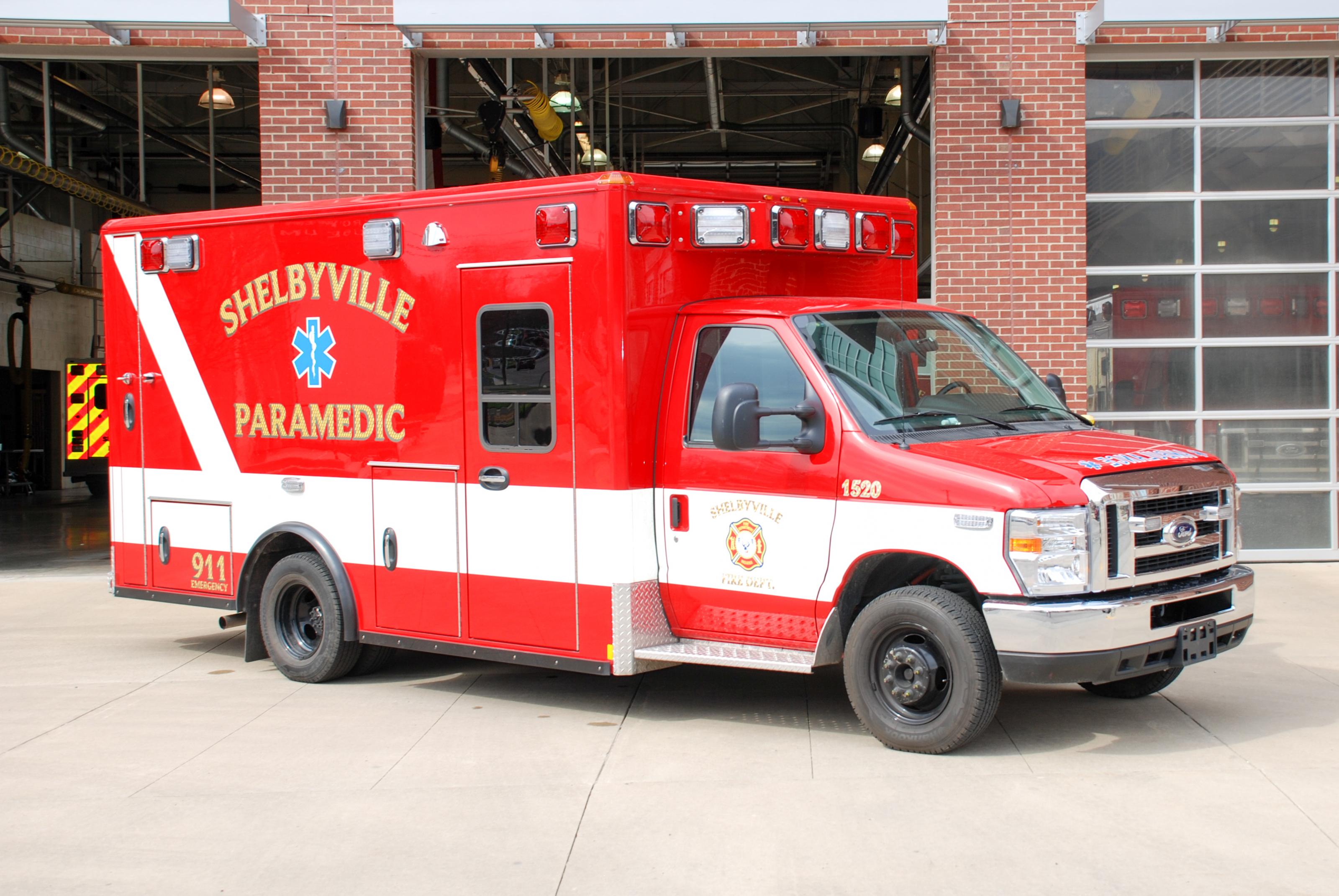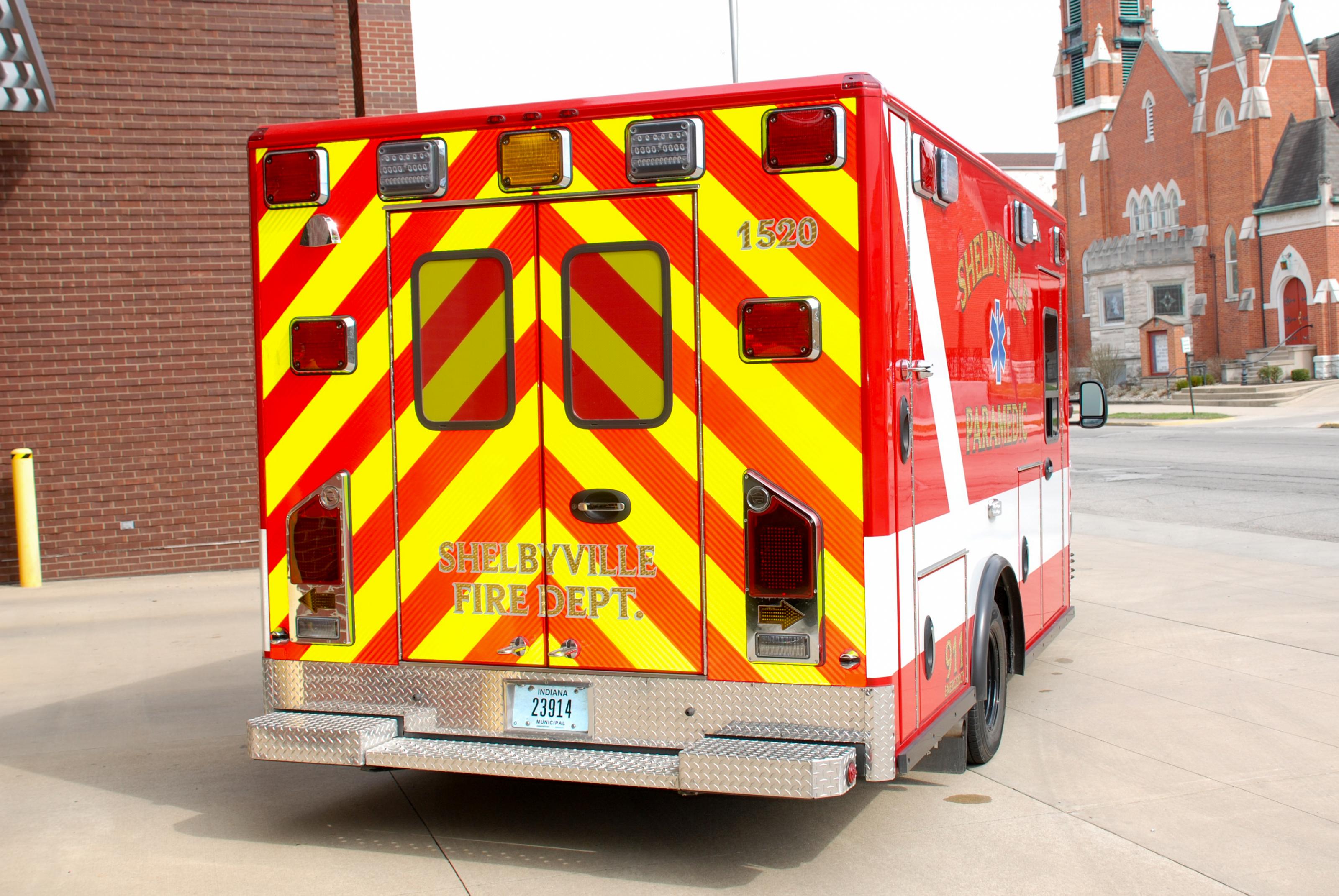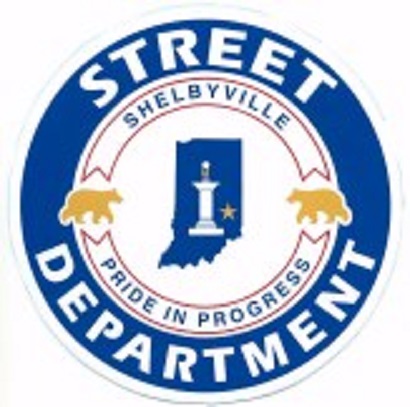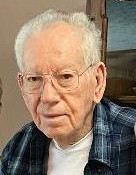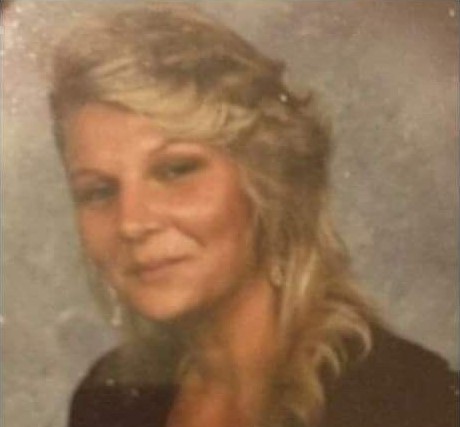The Shelbyville High School Alumni Hall of Fame Committee has selected three candidates for the 2019 induction.
The recipients will be honored at the induction ceremony on Thursday, May 2 at 6:30 pm in the Golden Bear Room at Shelbyville High School.
Sandy E. Allen, Shelbyville High School class of 1973
Sandy E. Allen graduated from Shelbyville High School in 1973. While being the world’s tallest woman, as recognized by the Guinness World Book of Records, she was quite active in high school. Sandy was in Honor Society and Library Club, serving as the secretary/treasurer and vice president. She was a member of the Economics Club, Sunshine Society, and C.O.E Member of the Year as a senior. She was an Office of Education Assistant her senior year and President of the office her senior year.
Sandy was well known for being the Guinness World Record holder as the world’s tallest woman at seven feet, seven and one-quarter inches. During her lifetime, Sandy wrote a book, along with John Kleiman, called Cast the Giant Shadow: The Inspirational Life of Sandy Allen. She had a cameo in the academy award winning Italian film Fellini’s Casanova.
During her life, Sandy appeared in a variety of documentaries, TV shows, and movies. Each appearance had a central theme of embracing who you are no matter what other people say. When she spoke at public engagements, she championed the idea that it is alright to be different. Her goal was to bring this message to school age children. With this message in mind, she produced “It’s OK to be Different,” an inspirational video filmed in Shelbyville, IN. Throughout the video, Sandy spreads her message of being positive, unique, and relying on the Golden Rule when interacting with others.
All those who met Sandy were touched by her positive energy and encouraging messages. After a brief encounter with the lead singer of Split Enz in New York City, the singer/songwriter wrote the song “Hello Sandy Allen” in which he notes that her appearance never held her back.
When she passed away, the New York Times reported on her death: Sandy stated that “when I was in high school, I used to get a lot of comments about my height. That really upset me, but now that I have gotten to be the world’s tallest woman, I’m going to take advantage of all the publicity that I can get and let children know ‘It’s ok to be different.’”
Jean Ann Dellekamp Wheeler, Shelbyville High School class of 1964
Jean Ann graduated from Shelbyville High School in 1964 and, to this day, she attributes growing up in Shelbyville as the greatest gift of her life. She was raised prior to the changes in schooling that recognized bright students with learning disabilities, prior to knowledge of ADD and dyslexia.
With no indoor pools in Shelbyville, she swam in Indianapolis and Bloomington with supportive parents, outstanding swimming coaches and encouraging teachers. Jean Ann channeled her energy into swimming where she ultimately won at 7 national championships in breaststroke, setting five world records, twice named All-American, at age 14 won every race in Europe on USA team and alternate 1960 Rome Olympics.
Additionally, at Shelbyville High School, she was proud to serve on May Court and Student Council.
Finding ways to move beyond her ADD and dyslexia diagnosis, Jean Ann graduated with degrees from Indiana University and Butler University. Her own challenges as a student led her to be the most requested teacher as she took new approaches to reaching her students who excelled and loved learning. Outside of a traditional classroom, Jean Ann aided adults helping them to improve interviewing skills and basic reading skills so they could gain meaningful employment.
Age 33, Jean Ann began her career in medical sales selling instruments and high-tech equipment to surgeons and operating rooms of hospitals. She used her same drive and goal setting from swimming years to lead nationally in surgery sales.
With each new task providing new challenges and triumphs for Jean Ann she devotes herself entirely into whatever task she takes on. Jean Ann shows all of us that no matter how we start life, we can choose the paths that we take and how we use our gifts. As Jean Ann once said, “I’ve always lived my life—loved my life—differently.”
Jean Ann is married with two children and two granddaughters, loves entertaining, hiking in the Colorado and Arizona mountains, working out, gardening and enjoying horses.
Dr. William DePrez Inlow, Shelbyville High School class of 1909
Dr. William DePrez Inlow was born in Manilla, Indiana on November 27, 1890. He attended high school in Manilla for three years. Since a fourth year was unavailable in Manilla, he commuted to Shelbyville by train and graduated from Shelbyville High School on May 20, 1909.
At Indiana University, he studied Greek, algebra, and philology. Dr. Inlow always looked up to his grandfather, Dr. J.J. Inlow which ultimately lead to the decision to pursue medicine instead of becoming a classical scholar. William DePrez Inlow enrolled at the University of Chicago and where he was elected to Phi Beta Kappa. He completed his Bachelors of Science in 1915, his Masters of Science in 1917, and graduated from Rush Medical College in 1917.
Dr. Inlow was a veteran of WWI where he served as an officer in the United States Army Medical Corps. He served through the Armistice. Afterwards, Dr. Inlow trained at the Mayo Clinic, working with both Dr. Will and Dr. Charles Mayo. It was here that he used his breadth of surgical knowledge to develop the “Inlow fistula” which became a standard in experimental surgery.
Dr. Inlow was a leader, setting the standard of practice in creating the Inlow Clinic which was known throughout Indiana as a superior source of medical care. Dr. Inlow was a student, continually expanding his knowledge by reading, travelling, and challenging himself. Dr. Inlow was a teacher, working within a traditional school in Homer, Indiana. At the Inlow Clinic, he taught surgeons, one of whom stayed in Shelbyville. He taught surgery in Shelbyville to Urologic residents from Johns Hopkins University over a ten year period. One became Professor of Urology at Stanford University. He wrote and published documents on topics ranging from medicine to library science to geology. Dr. Inlow was an accomplished violinist, forming his own orchestra and studying at the Indianapolis Conservatory of Music.
In 1975, Dr. Inlow was the recipient of the Arts and Humanities Award by the Shelby County Rotary Club. In his honor, the “Inlow Award” is given annually by the Priestley Society at the Mayo Clinic for top surgical research by a Fellow in their surgical program.
Dr. Inlow retired at the age of seventy, but only from the medical practice. He remained “young” and interested in everything until he died at age ninety.

